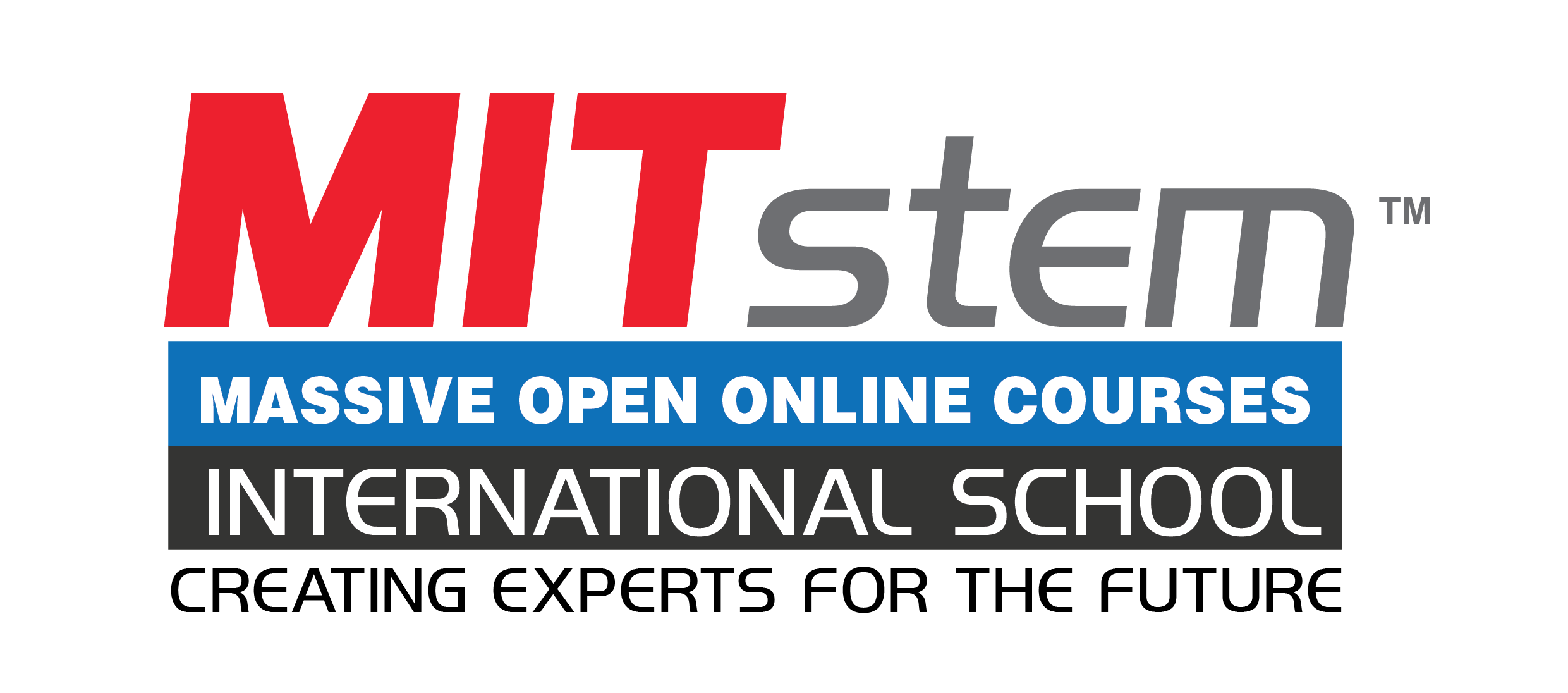Design and Technology (MecLAB) - 801 IGCSE
Class
With MecLab® a wealth of teaching topics and curriculum requirements can be covered, because its contents can be adapted accordingly:
Introduction to industrial production
Using technical terms correctly
Planning, developing and setting up technical systems
Understanding and using technical documentation; creating and using schematic diagrams, circuit diagrams, parts lists and technical drawings
Building models and creating simulations
Understanding and applying open- and closed-control loop systems
System thinking and understanding the interactions of subsystems
Developing and constructing electric, electronic and pneumatic circuits
Understanding and using pneumatic and electrical actuators, sensors and controllers
Using computers as tools for programming and simulation
COST
IGCSE & STEM Online Study
Normal Price RM2250 for 9 months
Promotional Price RM900 with
Promo Code: COVIDMIT - 60% Discount
lass="container-fluid" style="padding-left: 40px;">
Here is the class outline:
1. HOW DO ENGINEERD WORK?Engineering sciences, like the arts, social sciences and natural sciences, are a discrete discipline with their own language, practices and tools. Of course they also draw on and use principles from other sciences, in particular mathematics and physics but also social sciences. In turn, many of the findings in these latter disciplines are based on the results of research carried out in the field of engineering sciences. 5 sections
|
|||||
|
2. Automation technology as a part of engineering sciencesExamples of engineering-related sciences include: • mechanical engineering, • electrical engineering, • production engineering, • structural engineering, • and so on. 2 sections
|
||
|
3. Fundamentals of electrical engineering |
4. SENSORThe purpose of sensors is to acquire information and to forward it in an evaluable format to the signal processing system. They are found in diverse tasks in technology, with different designs and operating principles. That is why it is important to categorise them. Sensors can be classified according to • operating principle (optical, inductive, mechanical, fluid, etc.), • measured variable (displacement, pressure, distance, temperature, ph value, luminous intensity, presence of objects, etc.) or • output signal (analogue, digital, binary, etc.), to name just a few methods. |
5. Fundamentals of pneumaticsThe term pneumatics comes from the Greek work "pneuma", meaning wind or breath. It refers to the use of compressed air or systems driven by compressed air in an engineering application. A modern pneumatic system in automation technology consists of subsystems for: • generating and providing the compressed air (compressors, radiators, filters), • distributing the compressed air (ducts, pneumatic tubing, coupling pieces), • controlling the compressed air (pressure regulators, directional control valves, stop valves), • performing work using the compressed air (cylinders, rotary drives). |
6. MecLab Station |




